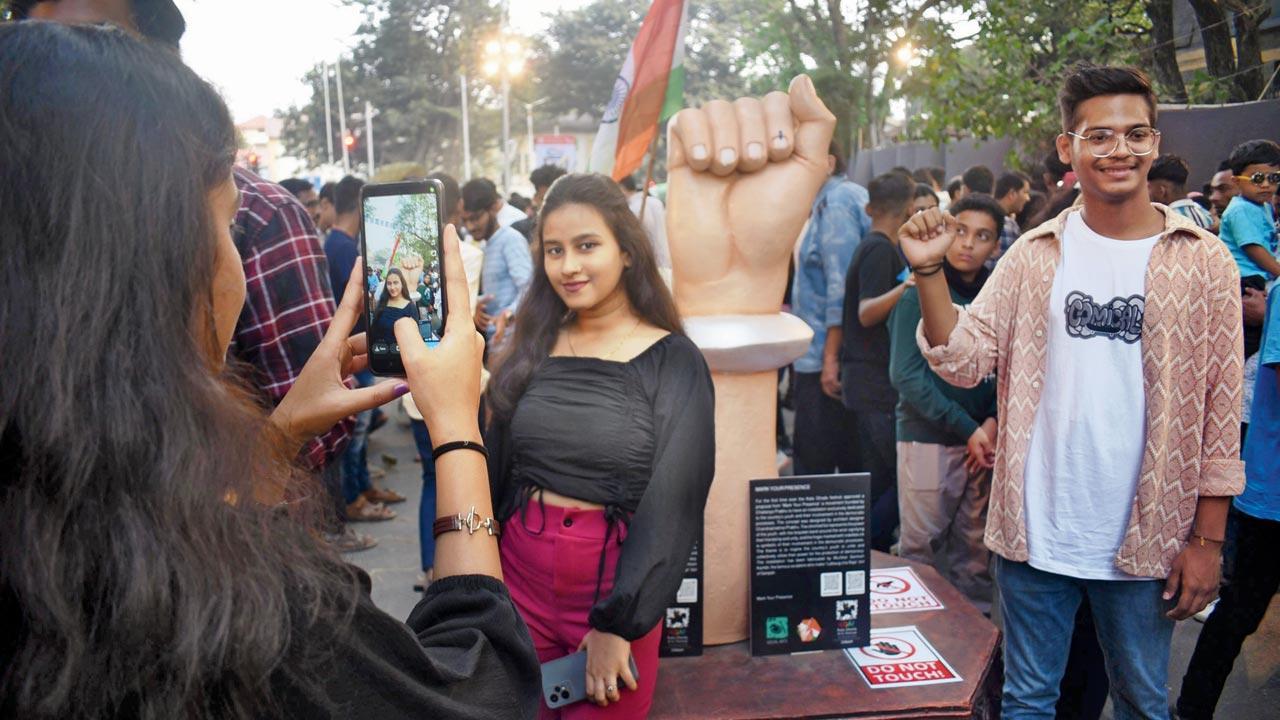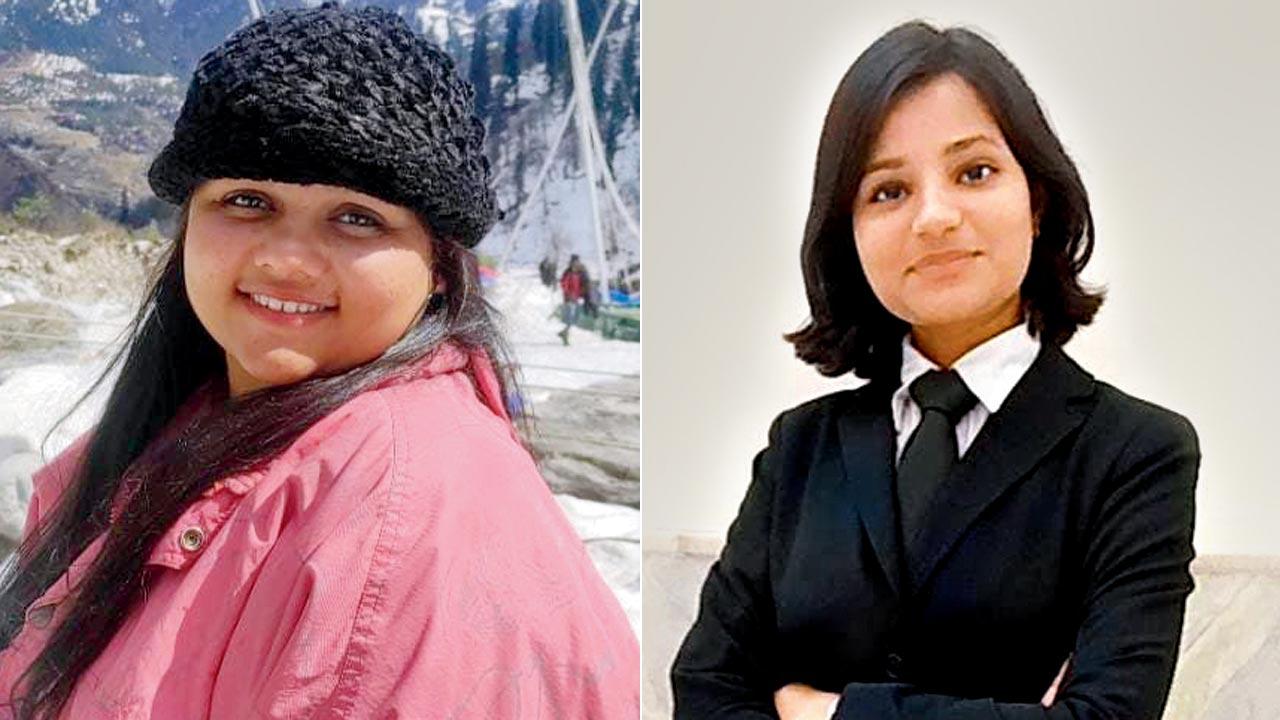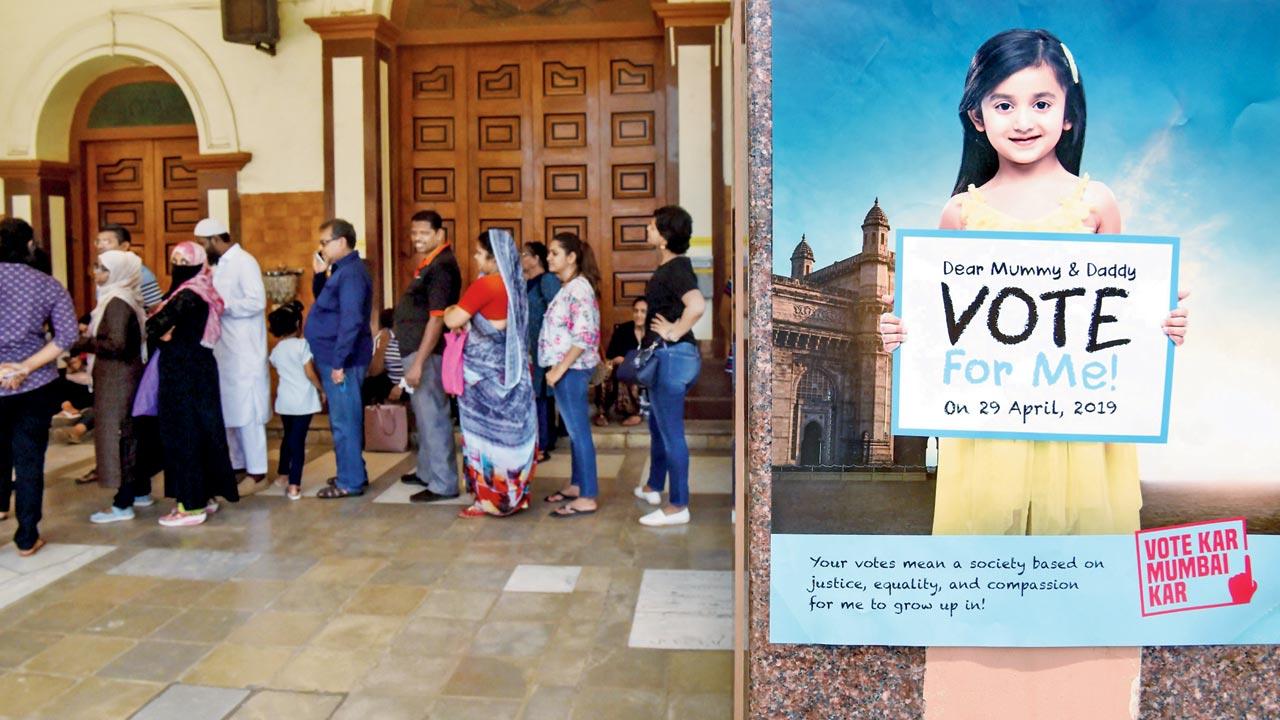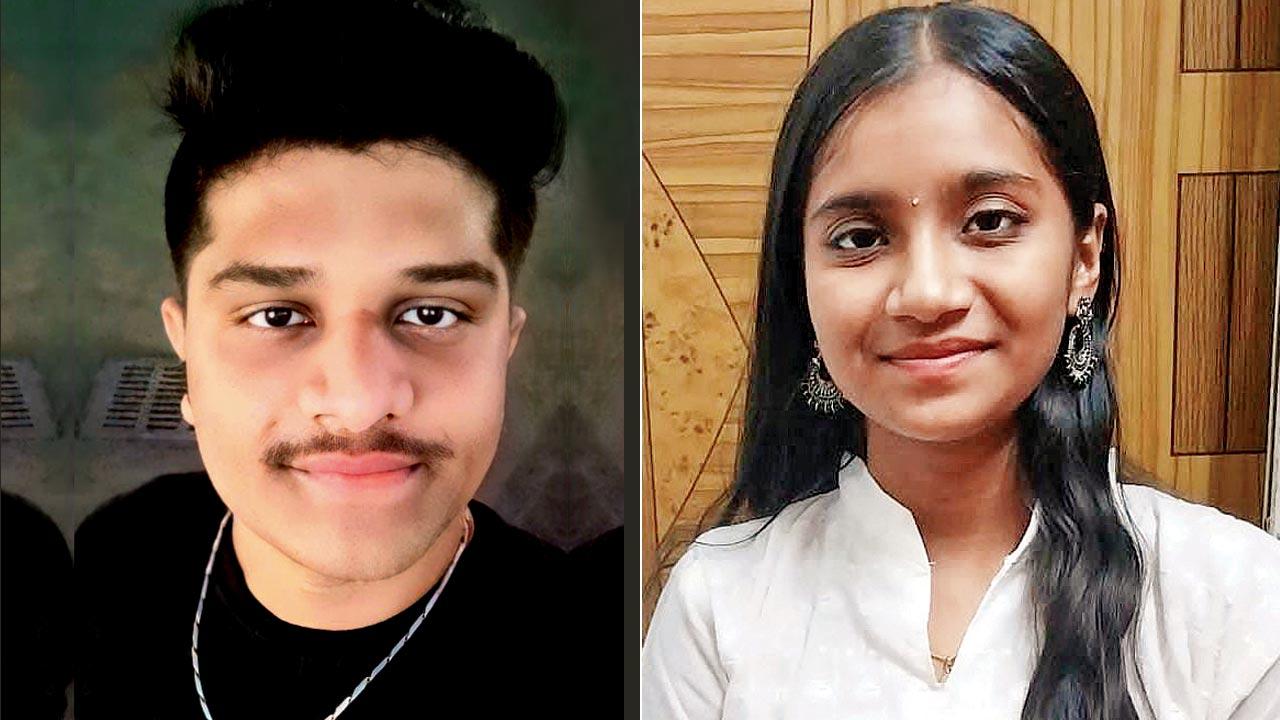Low voter registration rates may paint a picture of political apathy among Maharashtra’s youth, but the ground reality tells a different story—of tech glitches leaving first-time voters frustrated

An installation at Kala Ghoda Art Festival (KGAF) was placed on January 25 to mark National Voters Day. A booth there helped youth register. Pic/Sameer Markande
Diya Doshi has not had much time to put her feet up in the last few days. A second-year student of Hinduja College, she has been occupied with inter-college drives and encouraging the youth to come to a booth at the Kala Ghoda Arts Festival—not to experience live performances or to shop, but rather to get voter identification cards. The socially active and politically conscious 19-year-old has been at this since January 25, which is marked as National Voters Day in India.
ADVERTISEMENT
The final Electoral Roll released in Maharashtra on January 24 saw an addition of 24.3 lakh new names and the deletion of 20 lakh others. In particular, the sub-group of young voters between the ages of 18 to 29 witnessed a meagre rise of one per cent, making Doshi, a Mulund resident, seem like something of an anomaly.
 Diya Doshi and Ishita Sharma
Diya Doshi and Ishita Sharma
In October last year when the draft revision of the state’s Electoral Roll was published, the government worryingly observed that 93 per cent of those in the age group 18-19—potential first-time voters—had not registered themselves. The authorities responded by launching special drives, which incentivised educational institutions to participate too. Ultimately, 6.7 lakh youngsters aged 18 and 19, and 8 lakh in the age group 20 to 29, were added to the final Roll. But this did not curb speculation and stereotype about how Gen-Zs may view politics: without interest or concern.
Doshi, who had her voter ID made a month ago, says this is not true of her generation. “How can we not want a say in who will be in office next?” she asks, amused and surprised. “Many of my peers have been enquiring about how they can obtain IDs. Initially, when I applied for mine, I faced a few glitches. When I learnt how to navigate these glitches, I wanted to help whoever I could to get their IDs before it was too late,” she says, speaking to this writer over the phone after her second day at the KGAF. The stall there had registered a total of 300 individuals by then.
 Mumbai voters queue up during the Maharashtra legislative assembly back in 2019 to exercise their right to vote. Pic/Getty Images
Mumbai voters queue up during the Maharashtra legislative assembly back in 2019 to exercise their right to vote. Pic/Getty Images
The glitch Doshi experienced concerned a One Time Password (OTP). The Election Commission of India’s website and app both have exhaustive instructions on how to register oneself to vote, but many flounder at the very first step of what is supposed to be a short, 10-minute process, thanks to the absence of an OTP. Over a dozen of Doshi’s classmates, too, have reported that they didn’t receive a six-digit number via SMS after downloading the Commission’s Voter Helpline App. In Doshi’s case, the OTP did arrive in her Inbox, but it took an agonising 40 minutes to do so.
Others like Zeel Parmar, 18, have struggled with the app’s constant update requirements. “In the process of trying to apply for an ID, the app says it cannot do anything until I update it. And this happens every half hour or so, which has ,left me stuck in a loop for now, says the Mulund resident, who is a first-year student of commerce.
 Pratik Lokhande, student of hotel management; (right) Zeel Parmar, commerce student
Pratik Lokhande, student of hotel management; (right) Zeel Parmar, commerce student
The likelihood that she may not be able to vote this year has left Parmar frustrated. “The next time I’ll be eligible to vote, I’ll be 23. To me, that is just not acceptable. I want to ensure that I get to have my say, even if the candidate I vote for doesn’t come to power. That is the point of voting. No one I know is saying, ‘I’m not interested in voting’. Everyone knows how important the General Election is this year,” she explains, adding that she will be attending a mega drive in her college on January 29 where she hopes these issues will be resolved.
It is surprising that first-time voters aren’t told about these glitches, Parmar opines, when a simple guide could have potentially prevented them from running from pillar to post. “While we may eventually obtain our IDs, these delays have led to panic,” she says, echoing a sentiment shared by many of her peers.
The complex nature of the online registration process has caused young people from less privileged backgrounds to hesitate and be cautious. “My father and I visited the website to get registered, but it was so complicated that the prospect of applying made us a little nervous,” says Pratik Lokhande, a student of hotel management. “What if we feed in the wrong information, and I never get a voter ID?”
Lokhande recalls that during previous elections, corporators in Mitha Nagar, Goregaon—where he resides—would set up registration booths. But he hasn’t heard of such initiatives this time, leaving the 21-year-old confused about where he can apply for the ID in-person.
For youngsters like Ishita Sharma, 19, successful registration has not guaranteed a chance to vote. A third year student at Hinduja College, Sharma says, “On all the platforms available, I used the reference number provided upon registration, but all that showed up was an error on the website when we put in the error. The page doesn’t seem to be going forward and just stays static and you can see my reference number,” says the Malad resident, who underwent the process nearly four months ago. “I think I’m registered, but I don’t know what the status of my application is. I hope to get some clarity when I attend a drive and ask an Election authority if they can sort out my ID,” she says, adding that she fears missing the card’s delivery, or worse, not being registered in the first place.
By and large the ECI’s website and app are functional, says Chaitanya Prabhu; the flaw is the delays caused by technical errors. Prabhu is the founder of Mark Your Presence, an initiative targeted towards college students in an effort to help them register as voters. “Issues like the partial upload of a user’s photograph, or the inability to upload it at all, as well as the inaccessibility of the Devanagari script option—for those who are more comfortable in local languages—persist, but the rate of success is much higher,” says Prabhu, who has been working with the Maharashtra government since the 2019 State Legislative Elections, when he helped register 10,000 first-time voters. He believes these are niggling issues resulting from the large number of voters being onboarded in a relatively short span of time.
What does irk Prabhu about his generation and those younger than him is the apparent lack of education and awareness about who their local candidate is. He laments that the amping up of voter registration drives is not matched by measures to educate the youth in civic and political matters. “Registration shouldn’t be aimless. Most kids don’t know who is contesting elections from their constituency or local body. Movement must be made in the area of voter awareness, too,” he argues.
6.7 L
No. new voters aged 18-19 added to Electoral Roll
93
Percentage of first-time voters who hadn’t registered as of Oct
 Subscribe today by clicking the link and stay updated with the latest news!" Click here!
Subscribe today by clicking the link and stay updated with the latest news!" Click here!







